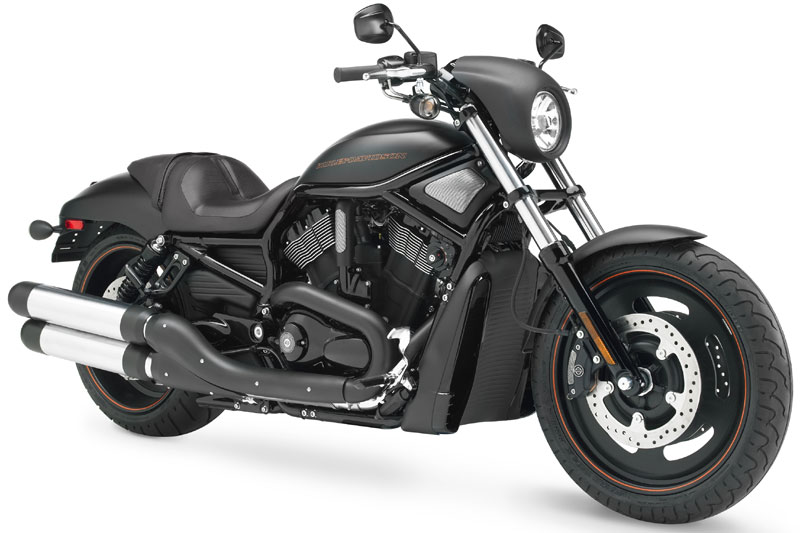
Harley-Davidson’s core rider had always defined its primary target market. That rider was most likely to be a male (91 percent), although his mate, if he had one, tended to be as enthusiastic about the bike as he was. He rode the motorcycle and lived the lifestyle. Yet, unlike consumers of many other high-ticket products, Harley owners spanned a broad socioeconomic spectrum. Visitors to the massive Harley-Davidson meets that took place in Sturgis, South Dakota, and in Daytona Beach, Florida, encountered riders from every strata of American life. But all of them embraced, if only for a weekend, the Harley credo of freedom, self-reliance, and individualism. The advertising invariably addressed itself to those riders who lived the credo, who in fact already owned a Harley. Jack Supple, for many years the executive creative director on the account at Carmichael Lynch Spong, described bluntly the tight focus Harley-Davidson’s advertising maintained on the core rider: ‘‘We don’t pander to the broader public.’’
Yet there was a secondary target market the advertising also reached, the segment of the broader market that was interested in Harley-Davidson motorcycles because of their reputation. In many ways this segment was every bit as important as the primary group, for it was from this group that increased sales came. Existing Harley owners might buy a new bike from time to time, but they would never fuel 10 percent or higher annual growth. This market also tended to be predominantly men who had grown up with the Harley legend in some form or other but who did not own one. It was a tribute to the company, the advertising, and the motorcycle itself that these men did not need to be convinced of the superiority of the product, as they might if they were shopping among Japanese bikes. They merely needed to be exposed to the legend frequently enough.



